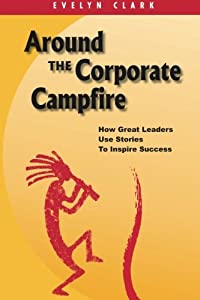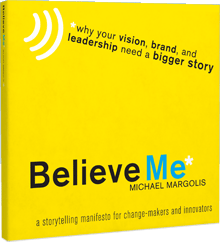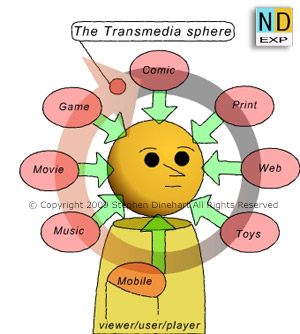What a special holiday treat to bring you a Q&A with Evelyn Clark, one of the first organizational story practitioners I became aware of when I first got into storytelling in 2004. Evelyn is truly one of the pioneers of the discipline. This Q&A will appear over the next several days.
Bio: Author of Around the Corporate Campfire: How Great Leaders Use  Stories to Inspire Success, Evelyn Clark helps executives become better leaders by teaching them to leverage the power of storytelling in their organizations. Her engaging presentations feature real-world case studies, many from her book and her own experiences as a news writer, corporate consultant, and facilitator.
Stories to Inspire Success, Evelyn Clark helps executives become better leaders by teaching them to leverage the power of storytelling in their organizations. Her engaging presentations feature real-world case studies, many from her book and her own experiences as a news writer, corporate consultant, and facilitator.
Her clients include global leaders such as Microsoft, Royal Dutch Shell, Bank of Austria/UniCredit Group, World Vision and NASA’s Jet Propulsion Laboratory. Evelyn introduced business storytelling in Singapore at the 2007 Singapore Storytelling Festival and led the master class at the 2007 European Storytelling Congress. She recently co-developed a workshop and related materials for the International Storytelling Center in Jonesborough, TN. Learn more at her Web site.
Q&A with Evelyn Clark, Question 1:
Q: You tell organizations on your Web site that they “must deliberately select the right stories for the audience and the occasion.” Without giving away all your secrets, can you talk a bit about the process of helping organizations identify the RIGHT stories?
A: What I mean by the word “deliberate” is that anytime a leader choose to tell a story in a corporate setting, there should be a clear purpose with a desired outcome. It’s important for the speaker to identify the “right” stories by asking questions such as these:
- What is my key message?
- Who is the audience for this story?
- What is the audience’s primary interest and/or need at this time?
- What value or lesson do I want people to learn from what I’m going to say?
- Which story or stories can I tell that will make my core message crystal clear?
David Armstrong, CEO of Armstrong International and author of several books, including Managing by Storying Around, most often tells stories of “people caught doing things right.” His purpose is to give clear examples so that employees understand how he wants them to enact the company’s values.
And, of course, it’s important to:
- Edit, edit, edit! Tell only as much of the story as you need to convey the message.
- For a speech, practice, practice, practice! Use natural language and speak as you would to a group of good friends.











